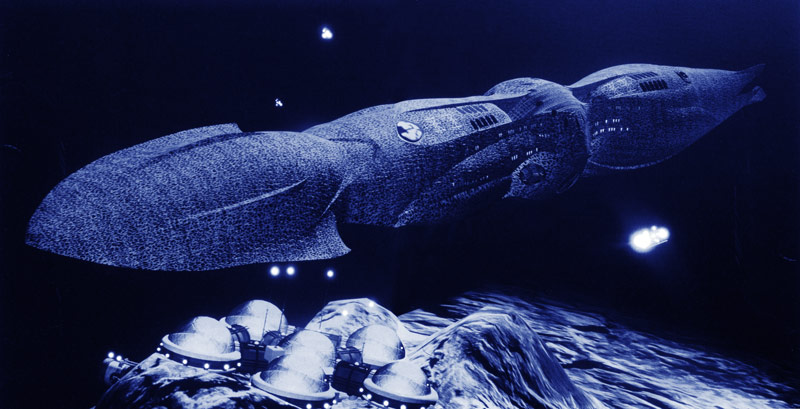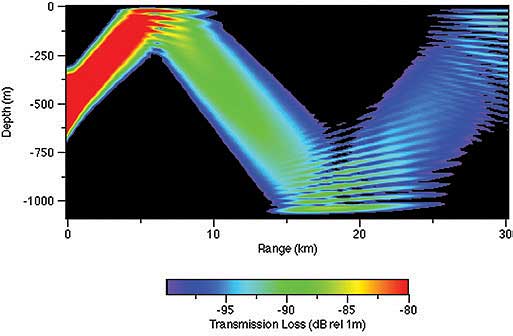Each of us seems to be that child on the beach gazing at the waves rushing in -- followed by a fast race back to safety -- wearing sea foam froth on our wet feet. Then as we grow in age our interest in the deep blue sea deepens slowly and gently. The quest is not just for the mystery of depth but also for the life therein. Promises of marine life discoveries are the guiding lights in our pursuit.
"For beneath the surface lies the future" was the opening narration of an American science fiction television series seaQuest DSV, featuring the "largest" submarine and a deep emergence vehicle (DSV). The ship, propelled by two fusion reactors "could" patrol the oceans at speeds of 160 knots (295 km/h). There are no fusion reactors, in 2009, for power or propulsion use in the next decade. We still have our vast oceans at about 71 percent of the Earth's surface to explore meaningfully.

("seaQuest DSV" is a registered trademark of Universal Pictures and Amblin Entertainment. Photo courtesy of http://www.atlantisdsv.com {{promophoto}}) UEO seaQuest DSV 4600

("seaQuest DSV" is a registered trademark of Universal Pictures and Amblin Entertainment. Photo courtesy of http://www.atlantisdsv.com {{promophoto}}) UEO seaQuest DSV 4600
In the year 2018, seaQuest led by Captain Nathan Bridger would have kept the underwater peace with a crew that included 124 science personnel. His ship was also equipped with Wireless Sea Knowledge Retrieval Satellites (WSKRS or whiskers). These were "small" sensor probes that were remotely operated by the sensor operator(s) and served as the "eyes and ears" of seaQuest.
Some claim that the WSKRS underwater acoustic communication is the state of the art in 2009. T
What might be new in underwater communication beyond the present? The answer is given in Acoustic Vector Sensor to Improve Underwater Communication This new idea comes out of mathematics and today's powerful engineering techniques like the Monte Carlo and simulation computation, to say the least.[1]
Imagine multiple users and underwater vehicles and instruments to communicate information and data smaller, faster, and more reliably. Here is an "acoustic simulation in a simple ocean environment, depicting several of the features required in a Naval operational model: beam source, wind-driven sea surface losses on the first reflection, and loss-vs-angle ocean bottom treatment."[2]

Photo Credit: U.S. Navy
"Today existing receivers rely upon separated pressure-only sensors that are spaced far apart," informs the inventor Abdi. "Needless to say, array size can be a serious limitation in many situations, including the modern applications of small, autonomous and unmanned underwater vehicles. My new receiver would allow for a smaller, more nimble and easier-to-use product."[3]
That is why Michael Shermer is not the captain of a large ship in my sci fi. He would be the chief scientist for ocean adventures of nimble explorers. We would learn about climate events, ocean health, marine life, and human interfaces in novel perspectives.
For further reading:
[1] A. Abdi, H. Guo and P. Sutthiwan, “A new vector sensor receiver for underwater acoustic communication,” in Proc. MTS/IEEE Oceans, Vancouver , BC, Canada , 2007
[2] RAM to Navy Standard Parabolic Equation: Transition from Research to Fleet Acoustic Model
[3] New Method Discovered for Underwater Data Communications





Comments